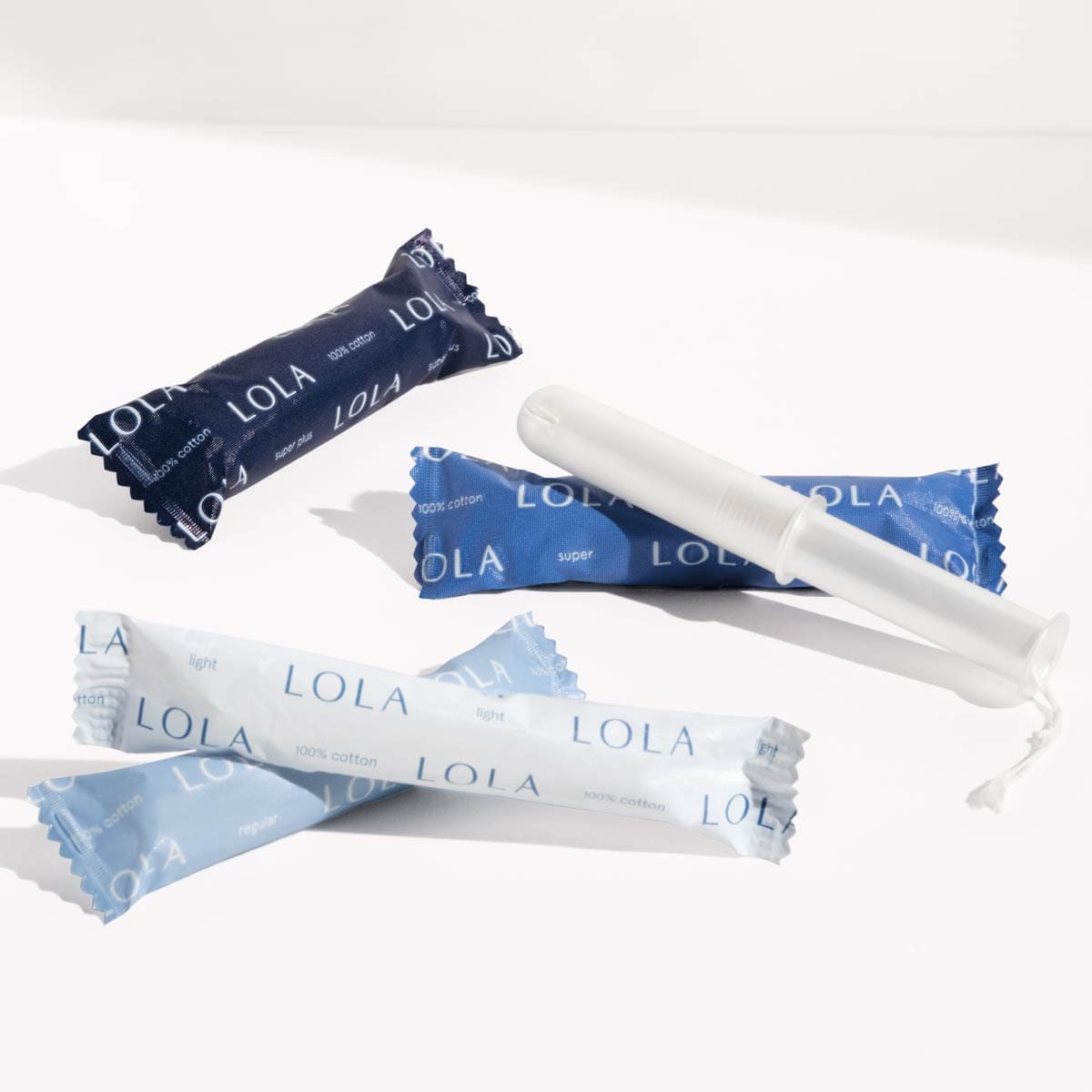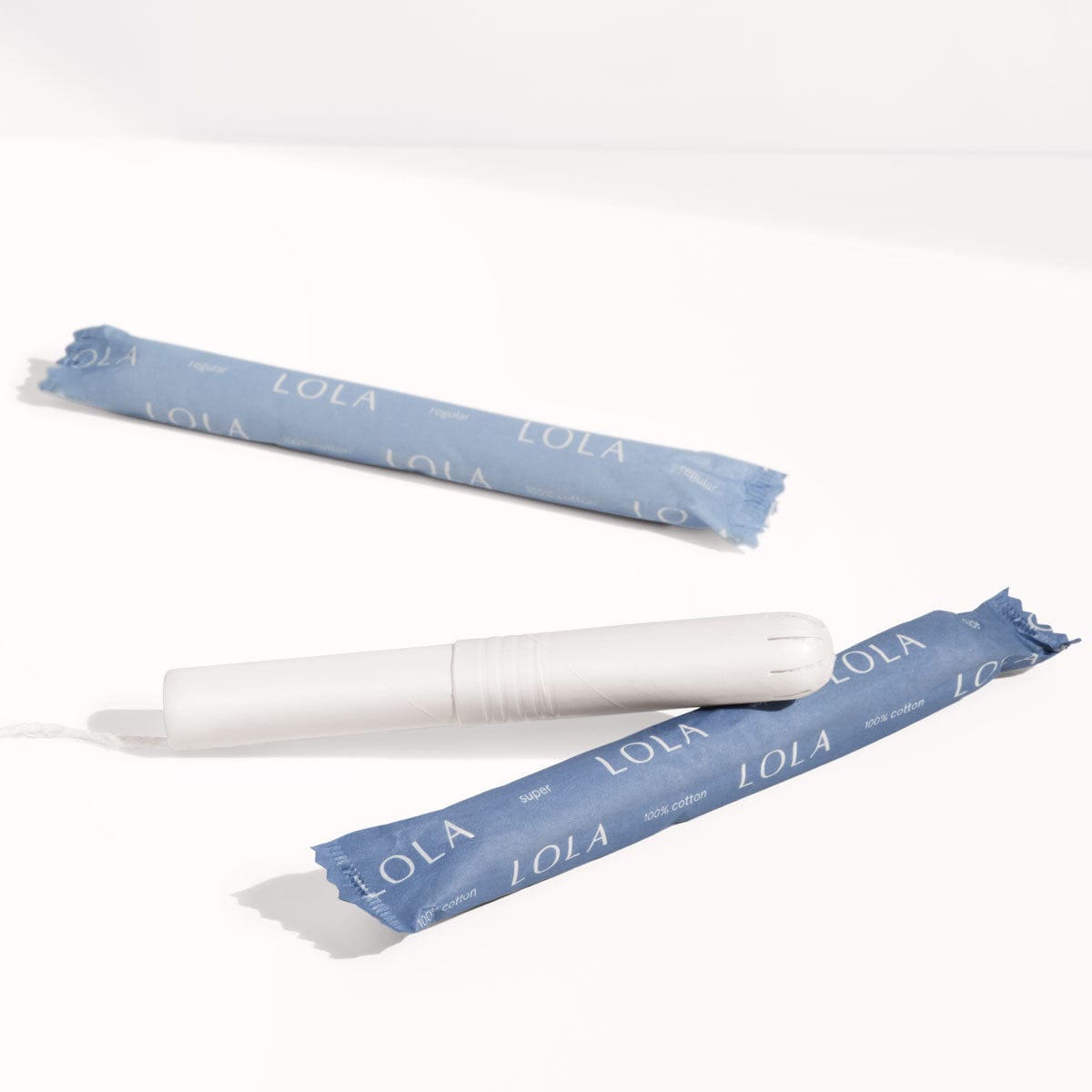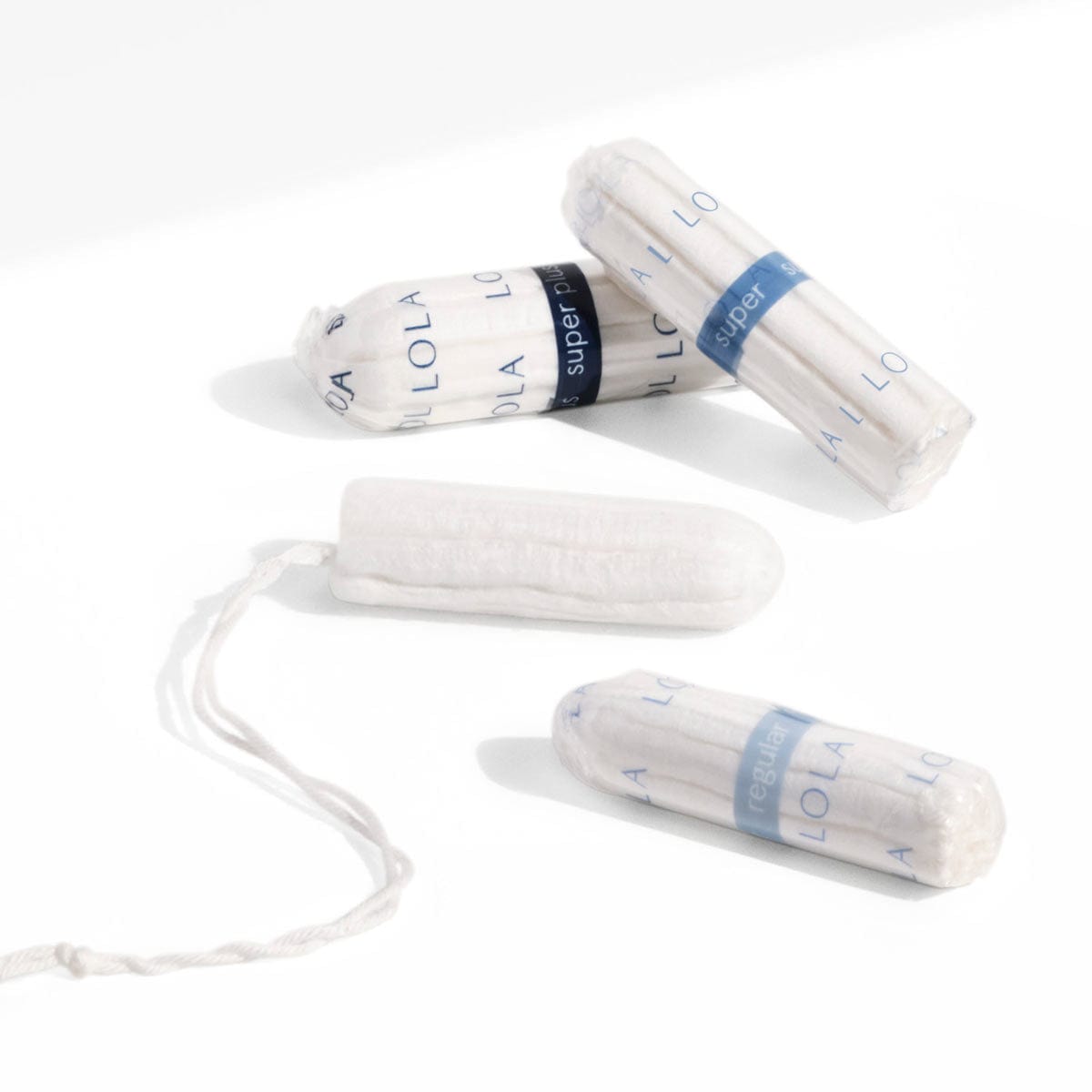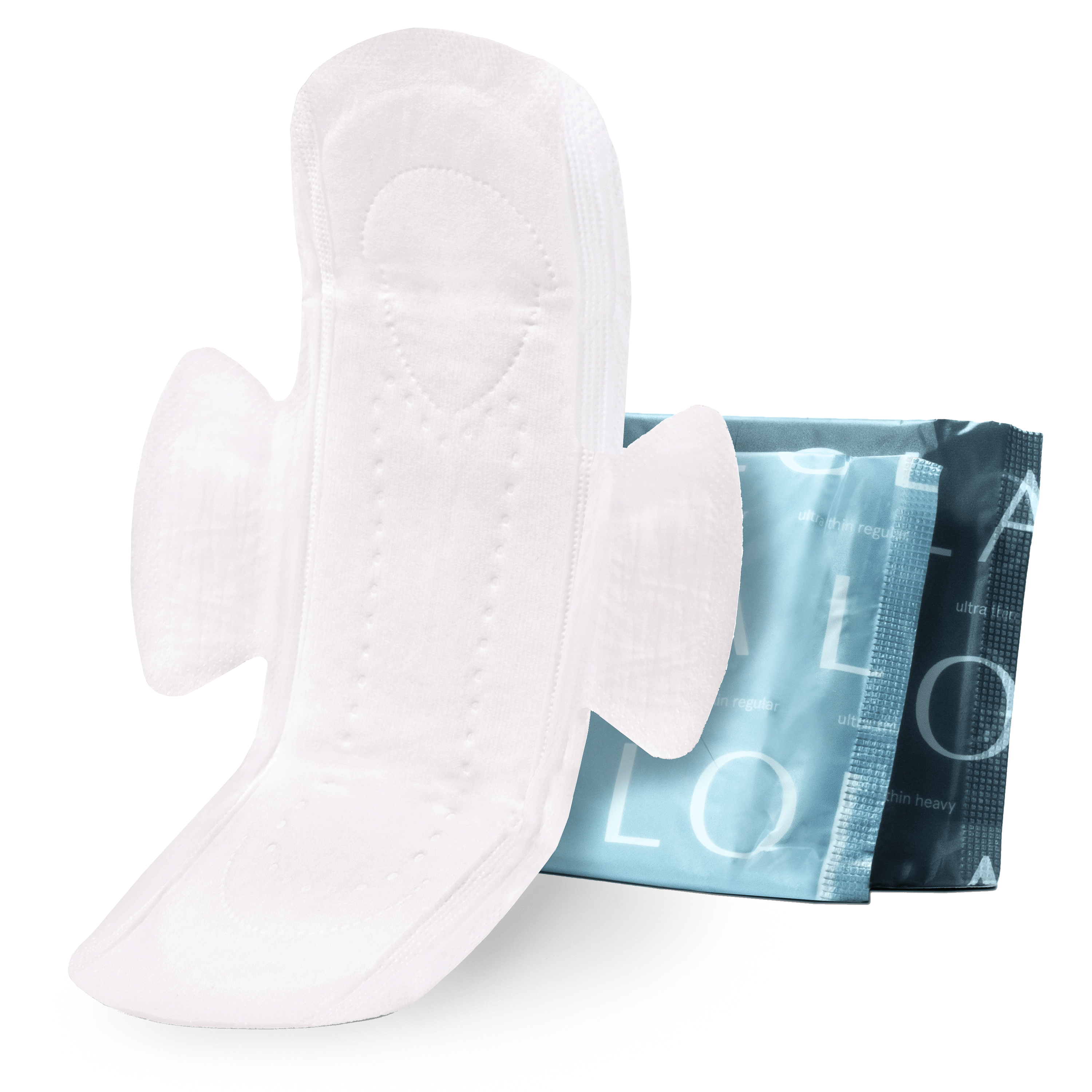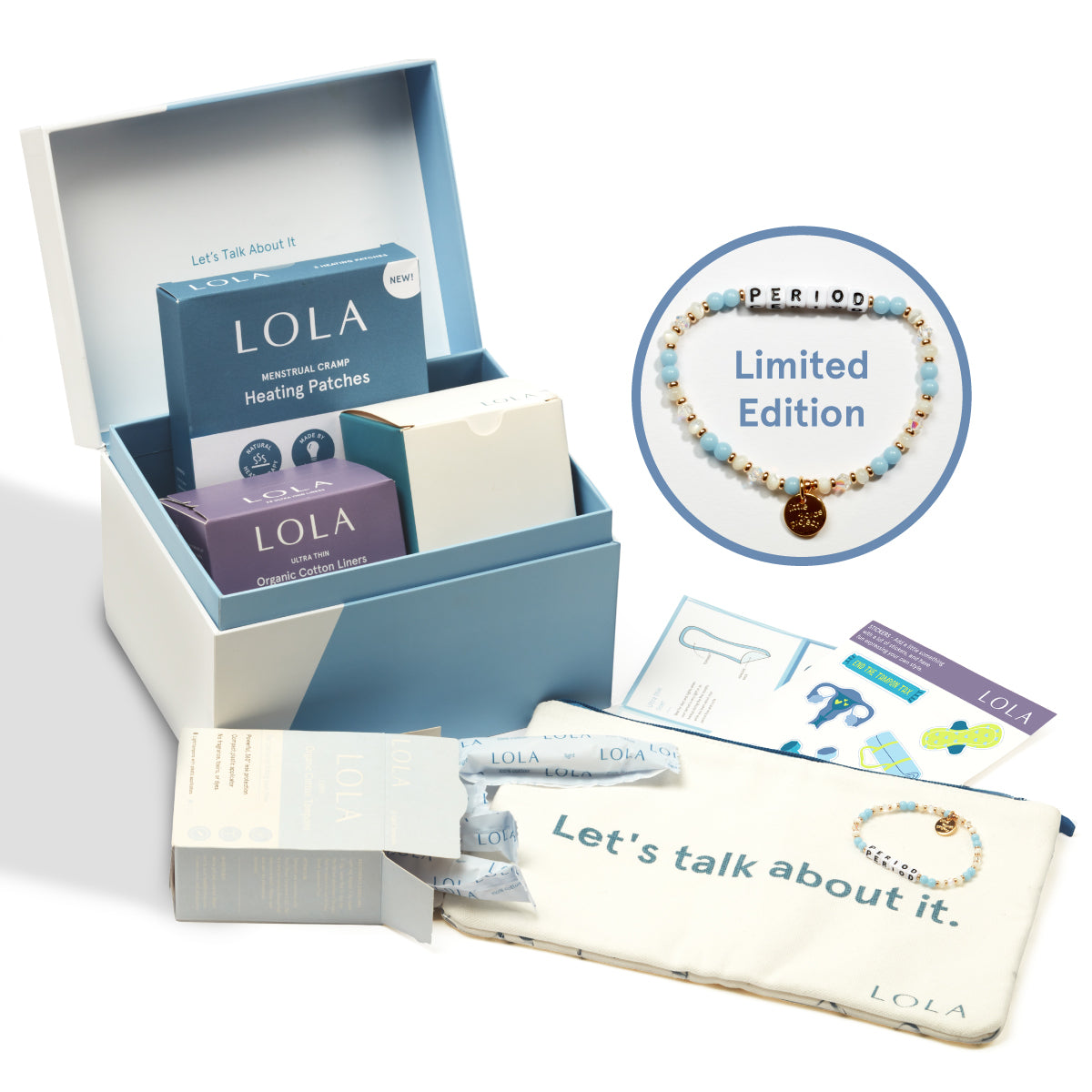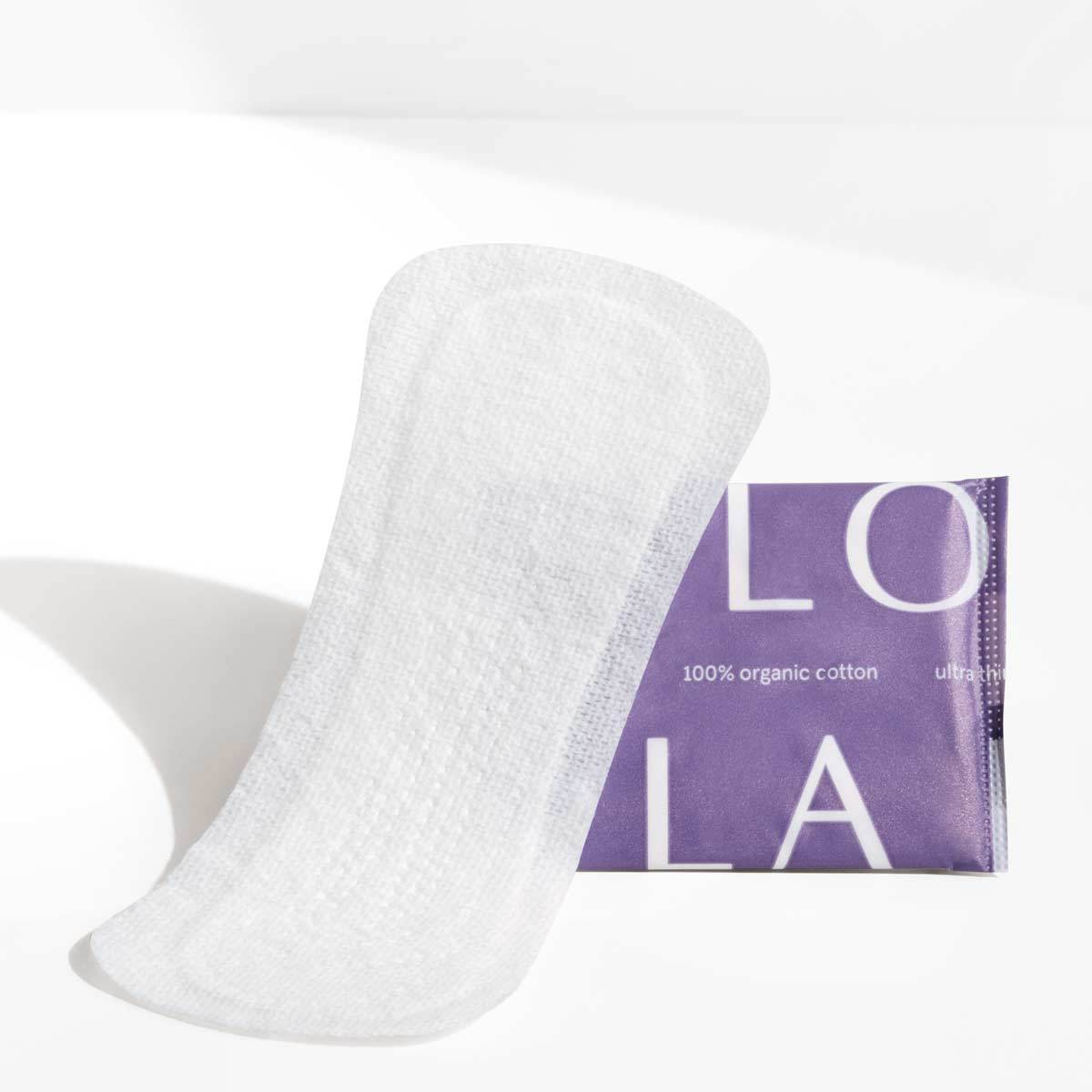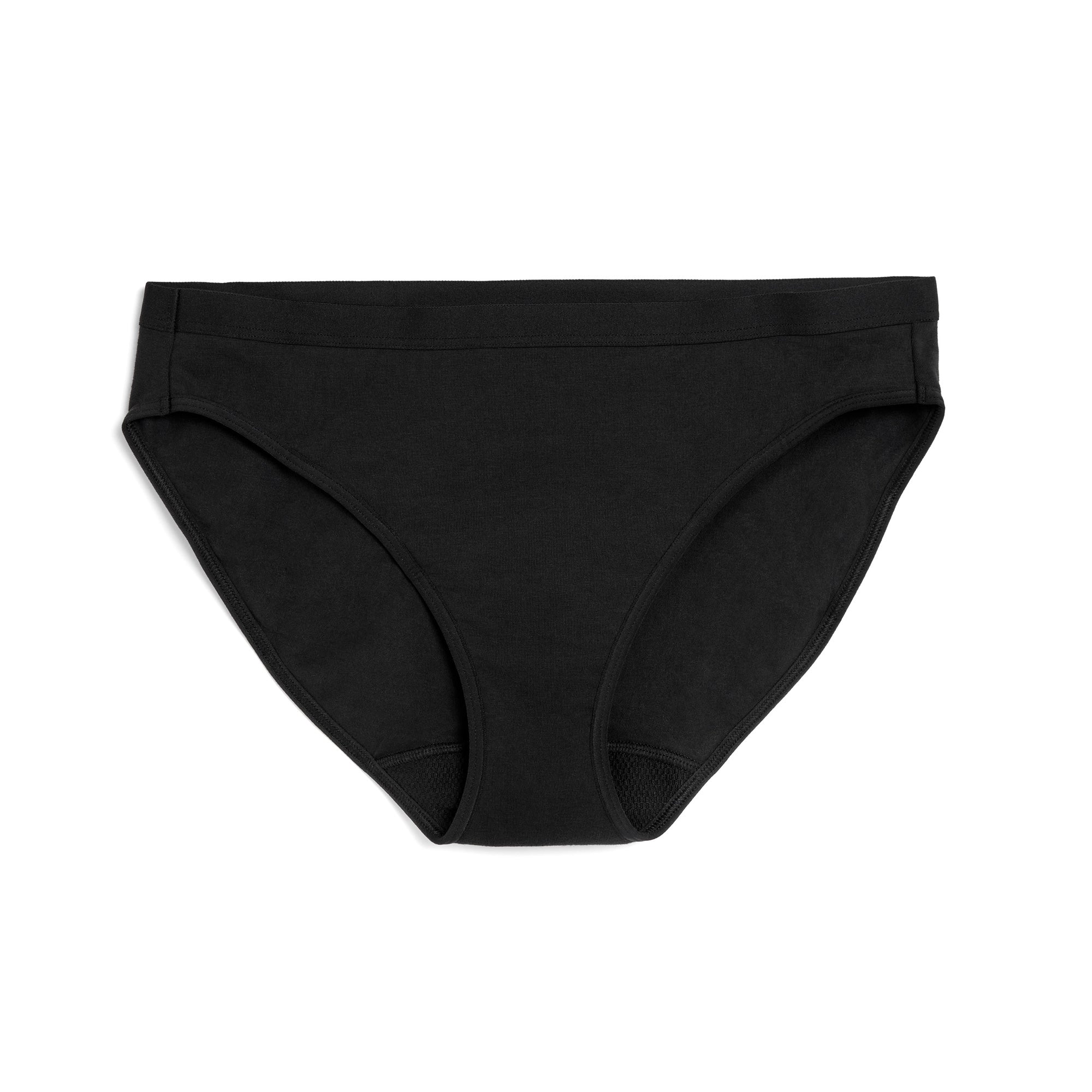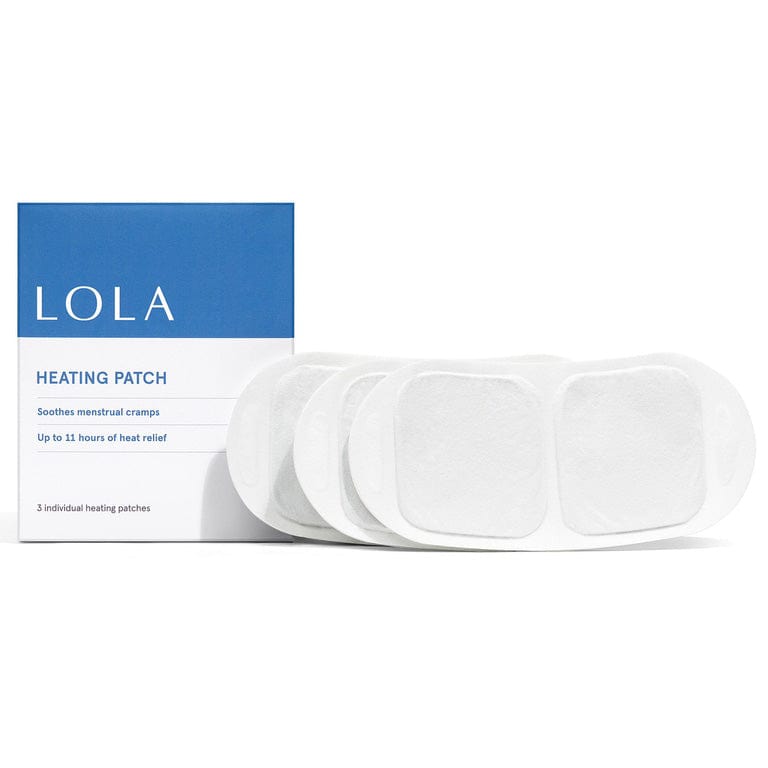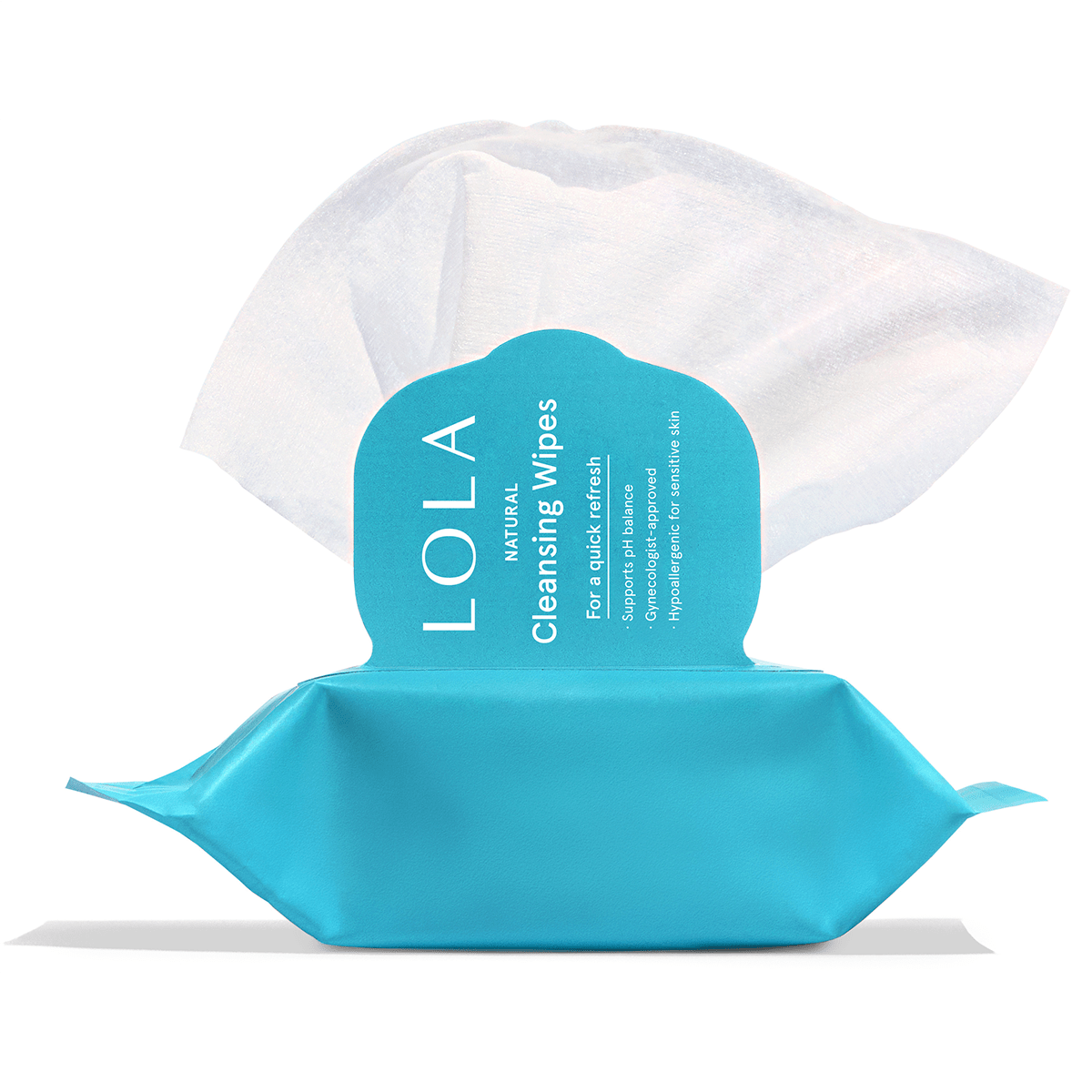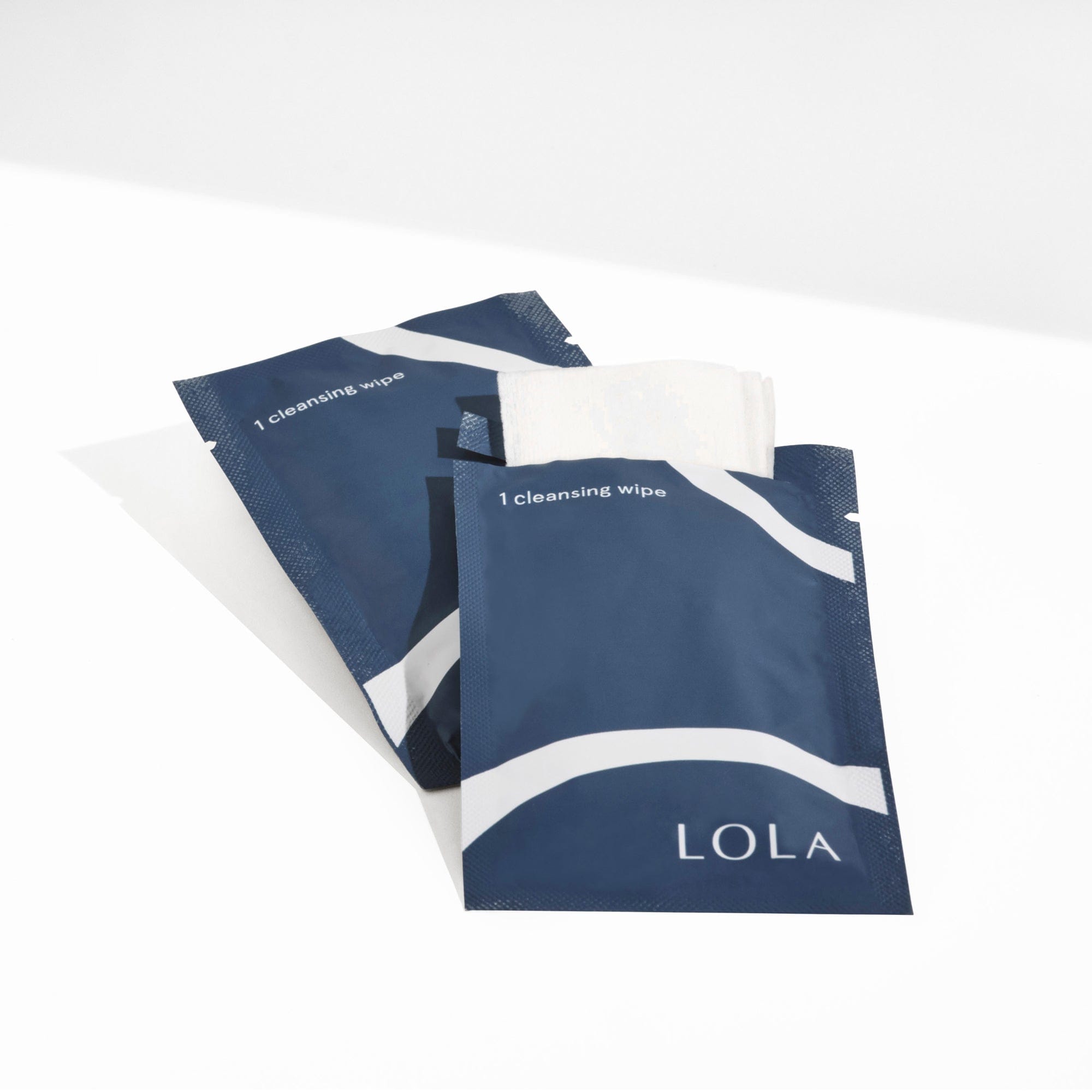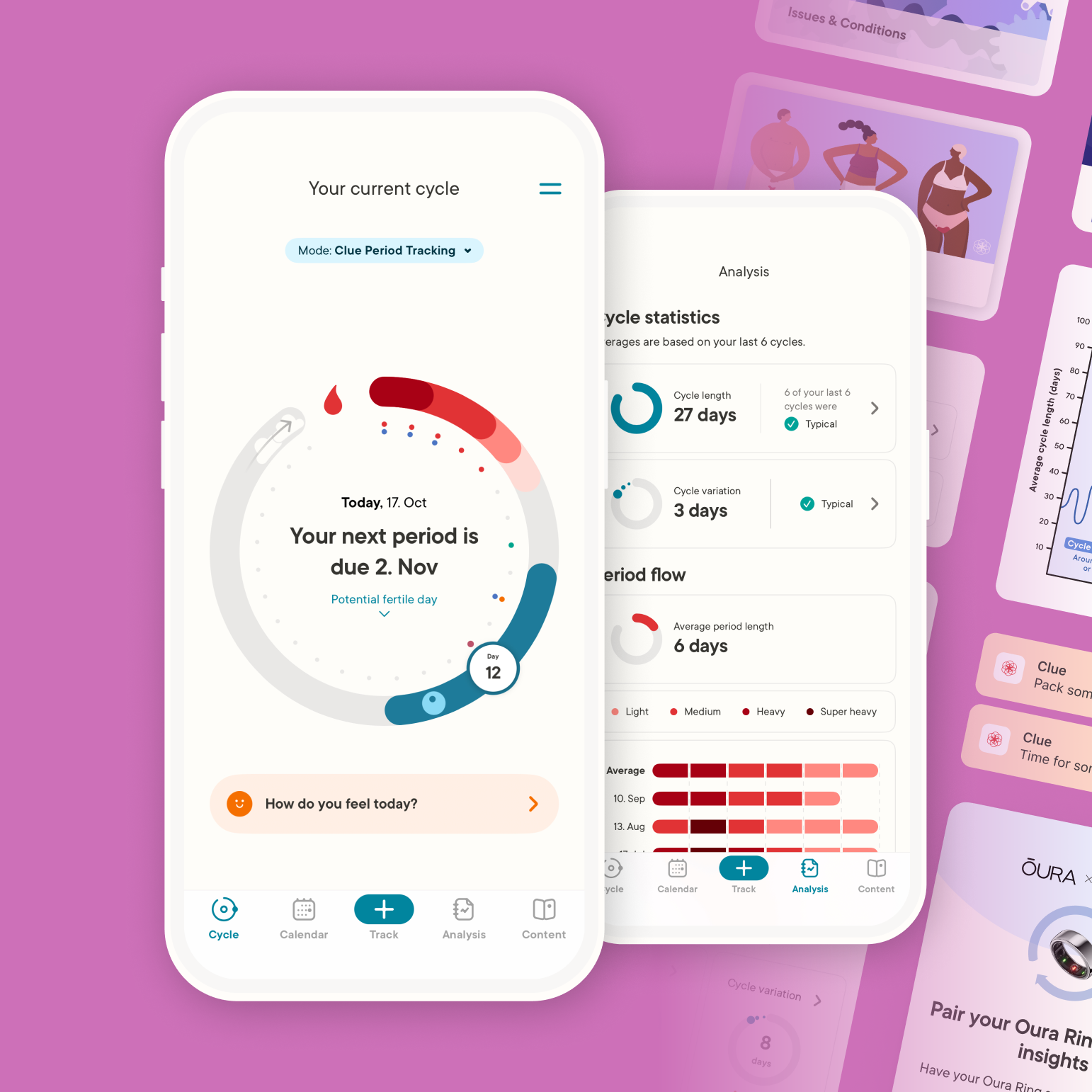In July, a study published in the journal Environment International caused alarm among tampon users worldwide. Researchers from UC Berkeley and Columbia University tested 30 tampons from a selection of 14 brands in the US, UK, and EU.
They found “measurable concentrations” of 16 different metals, ranging from beneficial minerals like zinc and calcium to more toxic elements like arsenic and lead. Notably, metals were present in all brands tested, including organic ones, and no brand stood out as having significantly lower levels.
Learning that potentially harmful contaminants exist in our menstrual products—and that this was the first study of its kind to measure metals in tampons—is certainly concerning. However, according to experts, including those who authored the study, there’s no need to panic and never use tampons again.
Here’s what to know about the potential risks, and how to keep yourself safe by choosing period products that use clean ingredients, self-test, and adhere to stringent safety standards.
Understanding the risks of metals in tampons
One key limitation of the study: researchers analyzed tampons to detect trace amounts of heavy metals, but didn’t test whether or not those amounts could be absorbed by tampon users and get into the bloodstream.
“The problem is that no human subjects were tested, so we don’t know what the risk is,” said Dr. Stephanie Widmer, emergency medicine physician and medical toxicologist. “We don’t know how much, if any, of [the metals] are being absorbed into the human body and if it’s having any effect.”
The study authors acknowledge this limitation as well, writing in the paper that “although our study found the presence of toxic metals in tampons, future studies are necessary to assess whether metals can leach out of tampons and become bioaccessible for vaginal absorption. Thus, we cannot speculate on potential harm to the health of menstruators.”
Another point to consider: trace amounts of metals, including arsenic and lead, are already found in our environment, in our soil, and in our food supply. In this case, metals may have leached from the soil into the cotton used in tampons.
But the levels detected in the tampons registered at well below FDA guidelines. For example, the study found an average of .12 micrograms of lead in the tampons, while the FDA advises that women of “childbearing age” keep blood levels under 8.8 micrograms of lead per deciliter of blood.
“Of course we should try everything we can to limit our exposure to these heavy metals, but at the same time, there’s not a whole lot you can do to get away from it entirely, if you eat food,” explained Widmer.
Dr. Jennifer Lincoln, an OB/GYN based in Portland, Oregon, told The New York Times, “People are probably exposed to more arsenic when they eat rice.”
In a TikTok video, she explained to her nearly 3 million followers why the study findings didn’t present cause enough to stop using tampons.
Lincoln called for “better studies on what is actually absorbed into our body,” and “for tampon companies to do a better job of screening and disclosing and self-testing their products.”
What you can do
Greater research is needed to understand what risks are posed by absorption. But there are steps you can take to keep yourself safe while still using tampons.
For starters: read the labels. In 2019, LOLA’s founders lobbied for the passage of the Menstrual Products Right to Know Act, which legally required that menstrual care products list ingredients on the box. Women’s health expert and OB/GYN Dr. Navya Mysore explains:
I recommend to my patients that they avoid buying tampons with fragrance, colorants, or plastic materials like polyester, polypropylene, or polyethylene. Ideally, one would look for tampons that are 100% cotton and list fewer overall ingredients.
LOLA products are free of synthetic fibers, chemical additives, fragrances, dyes, and chlorine bleach, and use 100% cotton.
You can also keep an eye out for tampon companies that follow stringent testing standards, like LOLA. Look for OEKO-TEX STANDARD 100 and Global Organic Testing Standard (GOTS) label certification. OEKO TEX-STANDARD 100 is a third-party testing organization certifying that textile products pass safety tests for levels of harmful substances, including heavy metals. Similarly, the GOTS certification ensures textile products are safe from prohibited substances, such as synthetic fibers, fragrance, chlorine bleach, chemical additives, phthalates, and dyes.
In compliance with the OEKO-TEX STANDARD 100 and GOTS, LOLA’s manufacturer conducts thorough chemical analyses on each raw material, focusing on potential contaminants such as heavy metals. LOLA’s tampons, pads, and liners are completely free of lead, cadmium, arsenic, mercury, and antimony.
Each raw material that comes into direct contact with the skin is also regularly subjected to biocompatibility testing, focusing on cytotoxicity, sensitization, and skin irritation, ensuring LOLA's products are safe for prolonged use on sensitive skin. Absolutely no metal compounds are added to LOLA tampons, pads, and liners.
You can also make your voice heard on a policy level. The Alliance for Period Supplies organizes actions to advance menstrual safety and equity, including opportunities to reach out to your congress members to call for better period legislation.
LOLA advocates for greater transparency and regulation around our menstrual products and will fight until matters of women’s health get the assurance of safety they deserve.
